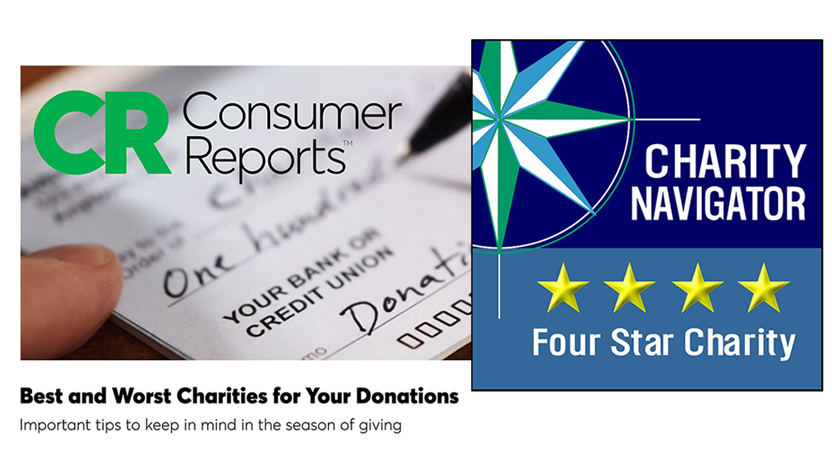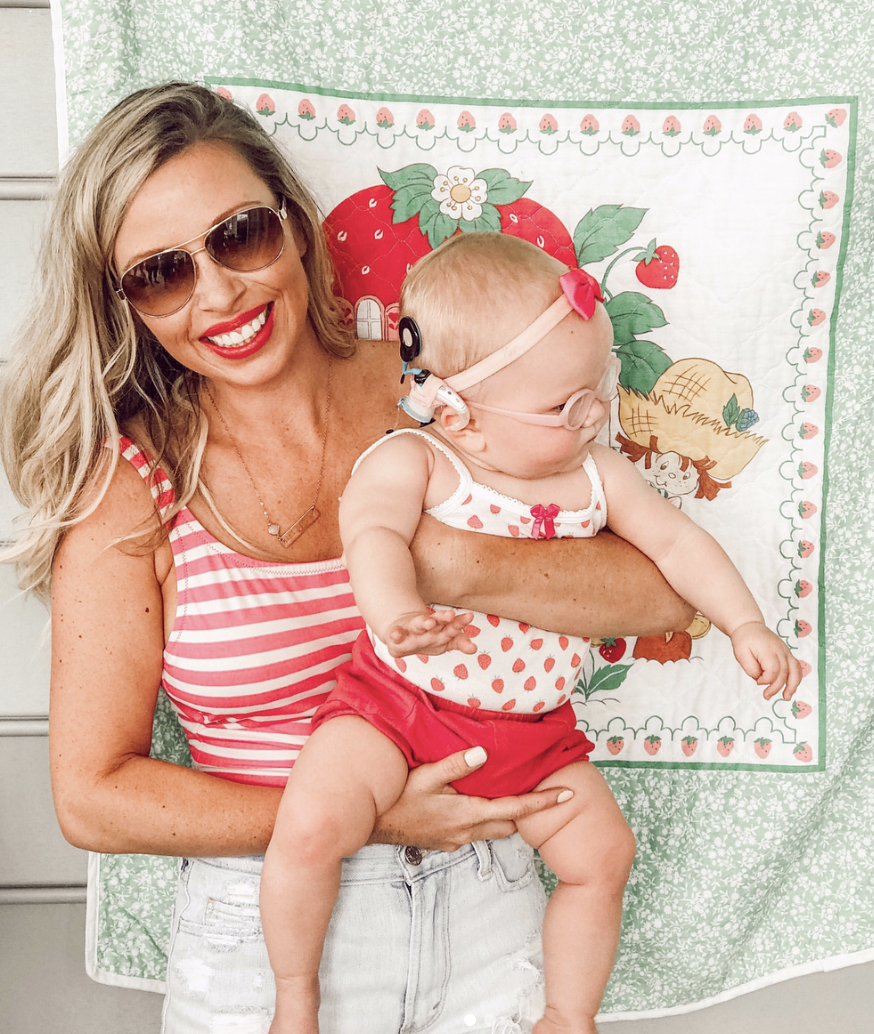By Gina Russo
Hearing Health Foundation (HHF) concludes our 60th anniversary year of groundbreaking hearing and balance research with a third consecutive four-star rating from Charity Navigator and a third consecutive designation as a “Best Charity for Your Donation” by Consumer Reports.
HHF’s mission is to prevent, treat, and ultimately cure hearing loss through innovative research. The organization also promotes hearing health through education and awareness programs. HHF funded the discoveries that certain animals are capable of restoring their hearing once deafened, and now works toward replicating this phenomenon in people, while also investigating new treatments and cures for other hearing and balance conditions like tinnitus, Ménière's disease, and auditory processing disorder (APD).
Consistent accolades from Charity Navigator and Consumer Reports affirm HHF’s life-changing work is carried out with financial efficiency, accountability, and transparency. HHF’s Board of Directors and the organization’s endowment cover all administrative expenses, so donations from generous supporters fully fund hearing loss research and awareness.
Charity Navigator’s 4-star rating, its highest possible, signifies that HHF executes our mission in the most responsible way. The score considers program, administrative, and fundraising expenses, fundraising efficiency, Board policies, and the disclosure of financial records. Fewer than 25% of the 9,000+ nonprofits evaluated by Charity Navigator have received three or more consecutive 4-star ratings.
Consumer Reports’ annual list of the “Best Charities for Your Donation” aggregates data from Charity Navigator along with Charity Watch and the Better Business Bureau (BBB) Wise Giving Alliance to identify organizations most worthy of donors’ support. This year, HHF is the only hearing loss focused charity to earn a placement on the Consumer Reports roster.
As HHF enters our seventh decade of funding critical hearing and balance research, we express our gratitude to those who have given their time and financial resources in pursuit of new treatments and cures. We’re thankful to have your support in our efforts to improve the quality of life for millions of Americans with hearing loss.
If you haven’t yet, and are able to give, please consider an end-of-year donation with confidence HHF will work diligently to ensure your contribution matters.



















